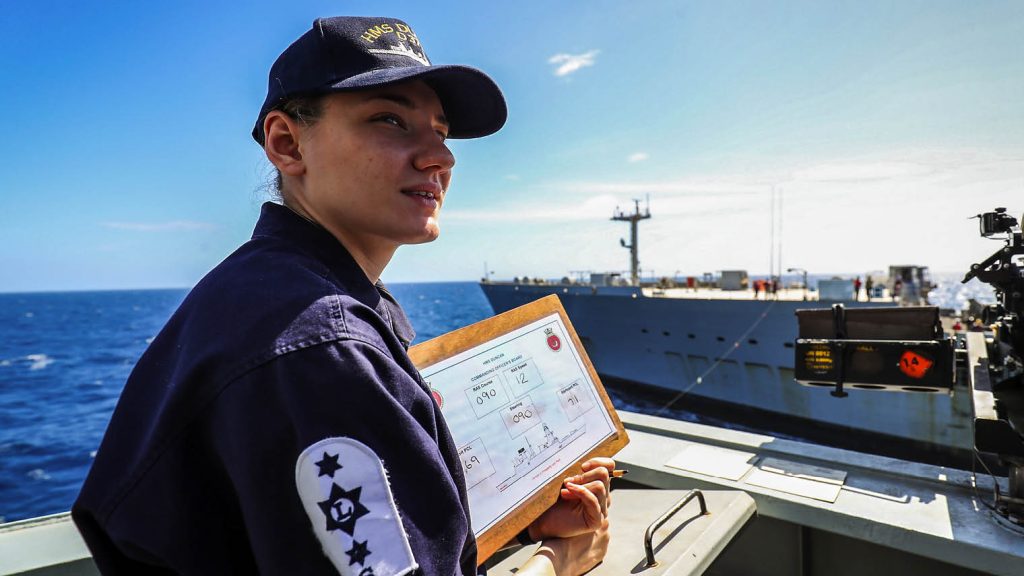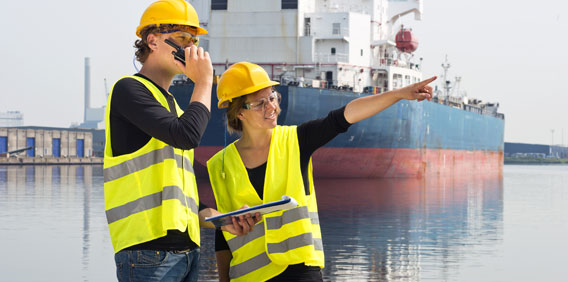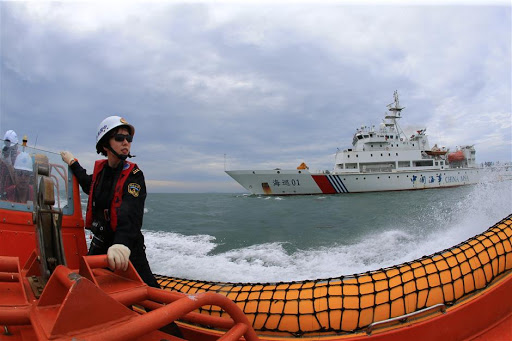
08March2023-WomenintheMaritimeIndustry-Zeymarine
Nevertheless, women have much to contribute to the field. Young women are frequently bringing new insights to the maritime business, claims Swedish shipping expert Lena Göthberg. They are interested in advancements such as 3D printing, connectivity, autonomous ships, and other technologies. These are topics that precisely align with the fourth industrial revolution, which is transforming how we live and work owing to disruptive innovations such as the Internet of Things, robotics, virtual reality, and artificial intelligence. On the other hand, young men are more likely to enter the sector in more conventional nautical positions. On the other hand, according to Mrs. Göthberg, males who are interested in science and technology seem to leave the maritime industry to establish their own technology companies.

08March2023-WomenintheMaritimeIndustry-Zeymarine
IMO’s Women in Maritime Gender Program
Luckily, many organizations, particularly IMO, have recently been taking steps towards fostering more equal representation of women in the industry.
The IMO’s gender program, which was established in 1988, has the motto “Training-Visibility-Recognition” and strives to encourage gender equality in the industry. The program hopes to enhance the role of women as important maritime stakeholders. It encourages women to work in both shore-based and maritime positions. The program also makes maritime education and training more accessible to women, and it helps them build professional networks across the globe.
Since 1988, the IMO program has promoted women’s access to maritime training and employment prospects by assisting in the establishment of an institutional framework to include a gender dimension into IMO’s policies and procedures.
IMO also helps its Member States achieve the UN 2030 Agenda for Sustainable Development and the 17 Sustainable Development Goals (SDGs), particularly Goal 5 “Achieve gender equality and empower all women and girls“.
What about the others?

08March2023-WomenintheMaritimeIndustry-Zeymarine
IMO is not the only actor in the industry that cares and does something about gender equality in maritime. For instance,
- Celebrity Cruises has increased the number of women in its workforce from 3% to 22% in four years.
- Stena Line has set a goal for a diverse workforce after having signed the Maritime UK’s Women in Maritime Pledge.
- Cargill has joined Paradigm for Parity, an organization of companies committed to achieving gender parity across all levels of corporate leadership by 2030.
- Plus, many shipping companies are introducing flexible working arrangements to make their companies more attractive to parents, including working closer to home and having shorter periods away, especially when their children are little. In addition, information and communications technology has made it much easier to call home.
Related Articles
Sail To The Equality: Females Who Tack Against The Wind
Top 10 Female Sailors in History







